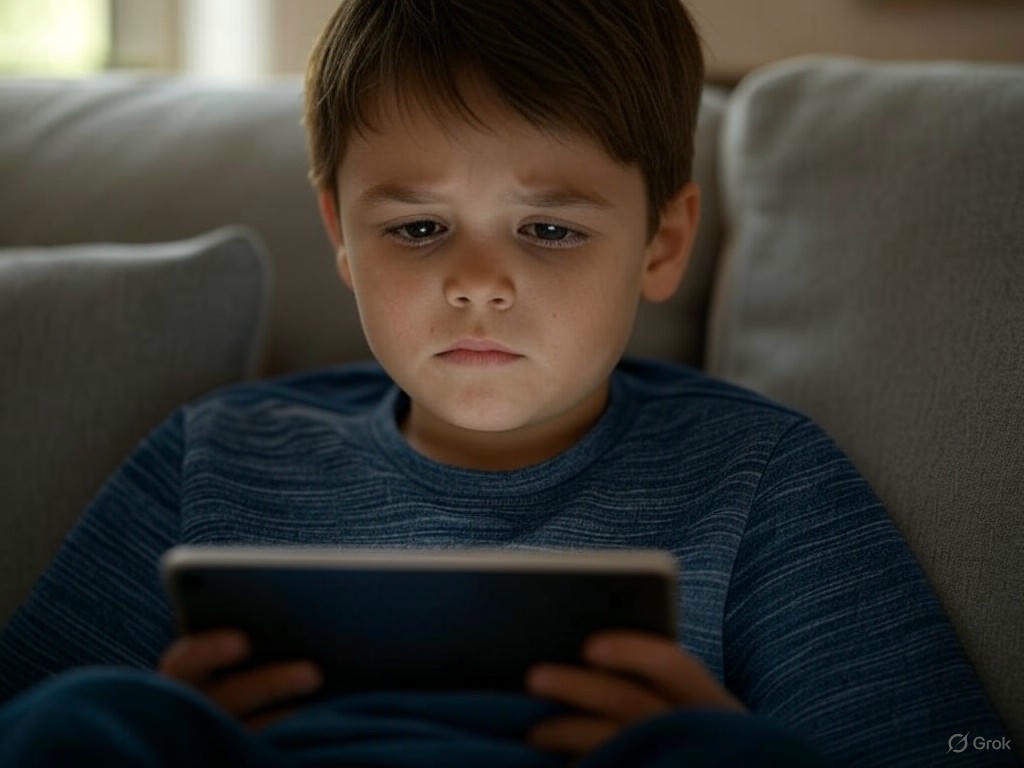Digital Distraction: The Hidden Cost of Handing Kids a Screen
In today’s fast-paced world, parenting often feels like a juggling act. When a child throws a tantrum, many of us instinctively reach for a tablet or smartphone to restore peace. It’s a quick fix—a digital pacifier of sorts—that seems harmless in the moment. But emerging research suggests this habit could be wiring young minds for emotional struggles down the line, creating a cycle that’s hard to break.
Picture this: a child is upset, tears streaming down their face over a broken toy or a missed playdate. A parent, exhausted or pressed for time, hands over a device. The screen lights up, a cartoon plays, and the crying stops. It feels like a win. Yet, studies are now showing that using technology as a go-to emotional crutch may hinder children’s ability to process and manage their feelings. Instead of learning to self-soothe or problem-solve, they become reliant on digital distractions. Over time, this can amplify emotional volatility, as the child associates screens with instant relief, making every upset feel like a crisis needing a tech fix.
The science behind this is alarming. When children are repeatedly given devices to calm down, their brains may adapt to expect instant gratification, stunting the development of patience and resilience. Researchers have observed that kids accustomed to this pattern often struggle more with frustration and exhibit heightened irritability when screens aren’t available. It’s a feedback loop: the more they rely on technology to regulate emotions, the less equipped they are to handle life’s inevitable challenges without it. Beyond emotional growth, excessive screen time is also linked to sleep disruptions, reduced attention spans, and even anxiety in young children. What starts as a Band-Aid solution can snowball into a barrier to healthy development.
So, what’s the alternative? Experts urge parents to resist the urge to pacify with pixels and instead focus on teaching emotional coping strategies. This could mean sitting with a child through their upset, naming their feelings, and guiding them to breathe deeply or talk it out. Simple activities like drawing, playing with a toy, or stepping outside for fresh air can also redirect their focus without a screen. It’s not easy—tantrums test even the most patient caregiver—but building these skills early lays a foundation for emotional strength. Setting clear boundaries on device use, such as designated tech-free times, can further help children learn to navigate boredom or discomfort without digital crutches.
As tempting as it is to silence a meltdown with a glowing screen, the long-term cost might outweigh the short-term calm. Parenting is messy, and there’s no perfect solution, but fostering resilience in our children starts with stepping away from the easy fix. By helping them face their emotions head-on, we equip them for a future where challenges don’t need a digital escape. Let’s rethink the role of technology in our homes and prioritize connection over convenience.


